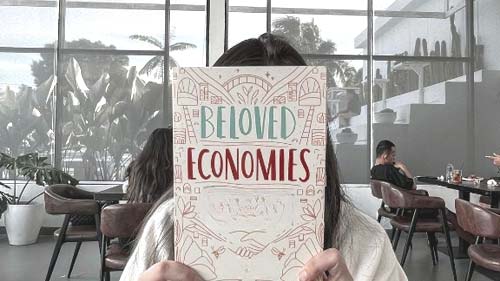
When you start learning in school, your first teacher is your books. You or your parents or school teacher help to read and learn from the books. You may also read various types of books in your schools, religious place, and home. Each book helps us to teach something new that we don’t know before. Book reading is an interesting hobby that can help you learn, get well-educated, and become a successful person in your personal and professional life.
But do you really know how these books are written, typed, and made? There are many interesting facts about books that you might not know.
Who Found books?
Books have been around for thousands of years, and the origin of books can be traced back to ancient civilizations such as the Sumerians, Egyptians, Greeks, and Romans. The invention of paper in ancient China around 105 AD played a crucial role in the development of books as we know them today. The Chinese also invented printing techniques using woodblock printing, which allowed for the mass production of books.
Most selling books in the world?
Some of the best-selling books of all time include the Bible, Quotations from Chairman Mao Tse-tung, The Alchemist, The Little Prince, and Harry Potter and the Philosopher’s Stone. Other popular titles include The Da Vinci Code, Think and Grow Rich, and The Catcher in the Rye. Best-seller lists are constantly changing, but these titles have had enduring popularity over time.
World’s smallest and largest books name?
The world’s smallest book is “Teeny Ted from Turnip Town,” measuring only 70 micrometers by 100 micrometers. The largest book is “Bhutan: A Visual Odyssey Across the Last Himalayan Kingdom,” measuring 1.5 meters tall and 2.1 meters wide when open.
How Books are made?
First, the manuscript or text is written, edited, and formatted for publication. Then, the text is printed onto large sheets of paper, which are folded and cut to create the individual pages of the book. The pages are then bound together, often with glue or stitching, and a cover is added. Finally, the finished book is trimmed to decent-sized book and packaged for distribution.
What are the sizes of the books?
Books come in a variety of sizes, from small pocket-sized books to large coffee table books. Here are some common sizes of books:
-
Mass Market Paperback: 4.25″ x 7″
-
Trade Paperback: 5.5″ x 8.5″
-
Hardcover: 6″ x 9″ or 8.5″ x 11″
-
Digest: 5.5″ x 8.5″
-
Quarto: 9″ x 12″
-
Folio: 11″ x 17″
-
Pocket-size: 3.5″ x 5″
-
Graphic Novel: 6″ x 9″ or 8.5″ x 11″
-
Children’s Picture Book: 8″ x 10″ or 10″ x 10″
-
Large Print: 8.5″ x 11″
These sizes can vary depending on the publisher and the intended audience. For example, a children’s book might be smaller and more compact, while a coffee table book might be larger and more visually impressive.
What colored are used for books?
Black ink is the most common and is used for text and line drawings, while full-color printing typically uses a combination of Cyan, Magenta, Yellow, and Black (CMYK). Other options include spot colors, metallic inks, and fluorescent inks, which can be used to create specific visual effects or draw attention to certain elements of the book. The choice of ink colors used in book printing will depend on the publisher’s preferences and the book’s intended audience.
Longest book and most expensive book
The longest book in the world is “Remembrance of Things Past” by Marcel Proust, with over 1.5 million words. The most expensive book ever sold is Leonardo da Vinci’s “Codex Leicester,” which sold for $30.8 million in 1994.
Largest book library in the world
The largest book library in the world is the Library of Congress in Washington D.C., with over 170 million items in its collection.




